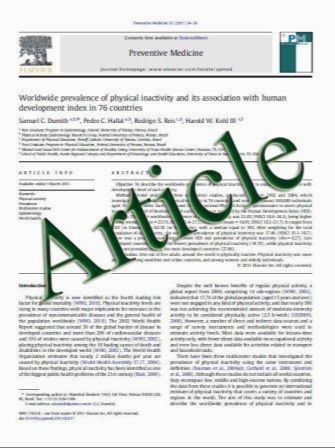Genome Analysis of Food Grade Lactic Acid-Producing Bacteria: From Basics to Applications
- نوع فایل : کتاب
- زبان : انگلیسی
- مؤلف : B. Mayo1,*, D. van Sinderen2 and M. Ventura3
- چاپ و سال / کشور: 2008
Description
Whole-genome sequencing has revolutionized and accelerated scientific research that aims to study the genetics, biochemistry and molecular biology of bacteria. Lactic acid-producing bacteria, which include lactic acid bacteria (LAB) and bifidobacteria, are typically Gram-positive, catalase-negative organisms, which occupy a wide range of natural plant- and animal-associated environments. LAB species are frequently involved in the transformation of perishable raw materials into more stable, pleasant, palatable and safe fermented food products. LAB and bifidobacteria are also found among the resident microbiota of the gastrointestinal and/or genitourinary tracts of vertebrates, where they are believed to exert health-promoting effects. At present, the genomes of more than 20 LAB and bifidobacterial species have been completely sequenced. Their genome content reflects its specific metabolism, physiology, biosynthetic capabilities, and adaptability to varying conditions and environments. The typical LAB/bifidobacterial genome is relatively small (from 1.7 to 3.3 Mb) and thus harbors a limited assortment of genes (from around 1,600 to over 3,000). These small genomes code for a broad array of transporters for efficient carbon and nitrogen assimilation from the nutritionally-rich niches they usually inhabit, and specify a rather limited range of biosynthetic and degrading capabilities. The variation in the number of genes suggests that the genome evolution of each of these bacterial groups involved the processes of extensive gene loss from their particular ancestor, diversification of certain common biological activities through gene duplication, and acquisition of key functions via horizontal gene transfer. The availability of genome sequences is expected to revolutionize the exploitation of the metabolic potential of LAB and bifidobacteria, improving their use in bioprocessing and their utilization in biotechnological and health-related applications
Current Genomics, 2008, 9, 169-183 Received on: March 4, 2008 - Revised on: March 24, 2008 - Accepted on: March 26, 2008


